What Is a Subwoofer? All You Need for Deeper Bass
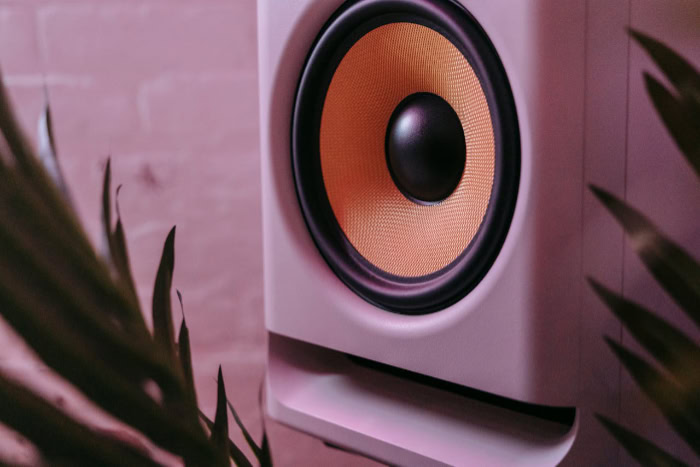
Feeling the pulse of your favorite song or the rumble from an action-packed movie scene transforms any listening experience from ordinary to unforgettable. A subwoofer brings life to those deep, resonant sounds that regular speakers simply cannot reproduce, allowing you to feel music and effects just as much as you hear them.
Bass frequencies hold the power to move air and stir emotions, making them essential for anyone who craves true immersion at home, in the studio, or at live events.
Core Functionality and Design
A subwoofer plays a unique and powerful role in any audio system, standing apart from standard speakers. While typical speakers handle midrange and high frequencies, a subwoofer is engineered specifically for low-frequency sound reproduction, delivering bass that you can feel as much as you can hear.
This special focus helps create a more immersive audio experience, whether in music, movies, or live events, by bringing out the subtle thrum of a bass guitar or the earth-shaking boom of an explosion. The art and science behind a subwoofer's construction ensure that deep bass notes are not only heard but experienced on a physical level.
Purpose
Subwoofers are designed to handle frequencies ranging from 20 to 200 Hz, a range that adds fullness and impact to soundtracks and performances. Music genres like hip-hop, EDM, and rock rely heavily on pronounced bass lines, while action movies and games benefit from realistic low-frequency effects.
Without a dedicated subwoofer, much of this sonic weight and energy is lost, leaving the audio feeling thin or flat. Adding a subwoofer gives sound systems the extra depth required for a truly engaging listen.
Key Components
To produce such powerful bass, a subwoofer employs large drivers, often called woofers. These drivers move significant amounts of air, creating the long, rolling sound waves that define low frequencies.
Larger drivers, sometimes up to 18 inches in diameter, are common because moving more air is necessary for impactful bass.
Enclosure design is another essential element. Sealed enclosures, also known as acoustic suspension, provide tight and accurate bass that excels in detail and speed.
Ported enclosures, or bass reflex designs, incorporate vents that allow additional air movement, resulting in louder and deeper bass, which is great for home theaters or larger spaces. Bandpass enclosures are more specialized, tuning the output for maximum efficiency within a very specific frequency range and often used in car audio or sound reinforcement.
Frequency Specialization
The subwoofer’s unique focus on low-end frequencies makes it responsible for some of the most memorable moments in audio playback. Deep rumbles from movie explosions, the resonance of a pipe organ, the growl of a bass guitar, and atmospheric sub-bass effects all fall within the subwoofer’s range.
By isolating and amplifying these frequencies, the subwoofer ensures that listeners experience a complete and vibrant soundstage.
Overall, careful design and component selection allow subwoofers to faithfully reproduce the lower end of the audio spectrum, filling in the gaps left by traditional speakers and enabling sound systems to reach their true potential.
Types of Subwoofers
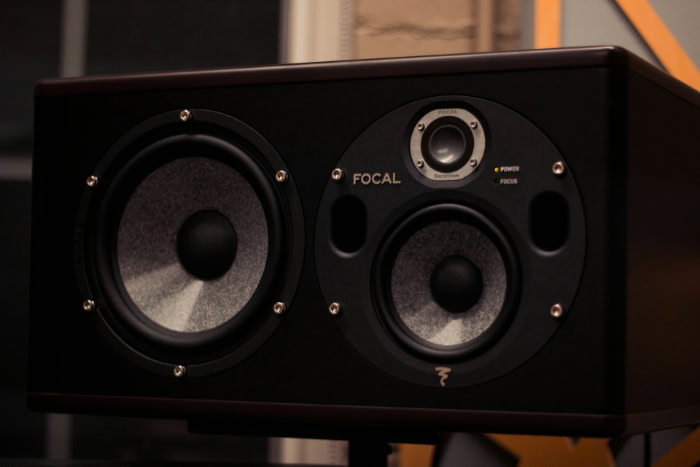
Finding the right subwoofer involves more than just choosing the biggest speaker on the shelf. Subwoofers come in a variety of types to suit different preferences, usage scenarios, and budgets.
The most common distinctions focus on the presence or absence of built-in amplification, the type of enclosure, and the overall size of the unit.
Active vs. Passive Subwoofers
Active subwoofers, sometimes called powered subwoofers, come with their own built-in amplifier. This design simplifies setup because the subwoofer only needs a signal source and a power connection.
Controls for crossover frequency, volume, and phase are usually found on the subwoofer itself, making adjustments straightforward. Active models have become the standard for home theater systems and personal audio setups due to their convenience and all-in-one construction.
Passive subwoofers differ by requiring an external amplifier to drive them. This approach offers extra flexibility in terms of amplification power and matching with specific audio equipment.
Car audio enthusiasts and professional sound engineers often prefer the ability to pair a passive subwoofer with a high-powered, specialized amplifier. However, setup tends to be more complex and may call for precise matching between subwoofer and amplifier specifications.
Enclosure Variations
Enclosure type plays a major role in shaping a subwoofer’s performance. Sealed enclosures, or acoustic suspension designs, prioritize accuracy and control.
Bass response tends to be tight and well-defined, which works beautifully for music listening where detail matters most.
Ported, or bass reflex, enclosures incorporate a vent or port that allows air to move more freely. This design adds efficiency to the system, boosting the depth and volume of bass output.
Ported subwoofers shine in home theater environments or larger rooms where extra low-end power is beneficial.
Bandpass enclosures are tailored for maximum efficiency within a specific frequency band. By directing all sound through ports, bandpass subwoofers produce extremely focused and powerful bass, though at the expense of some overall accuracy.
Car audio systems and certain live sound applications often utilize bandpass designs to achieve high-impact bass in limited spaces.
Compact vs. Full-Size Subwoofers
Space and performance are always in balance with subwoofer selection. Compact subwoofers are designed for smaller rooms, apartments, or setups where space is at a premium.
Despite their size, modern compact models can deliver surprisingly powerful bass, thanks to advanced engineering and digital tuning. However, there are natural limits to how deep and loud a small enclosure can play.
Full-size subwoofers offer greater output and more extended low-frequency response. Large drivers and ample enclosure volume allow for deeper, room-filling bass that makes an impact during thunderous movie scenes or high-energy music tracks.
In exchange, full-size models often require more floor space and careful placement within a room.
Benefits in Audio Systems
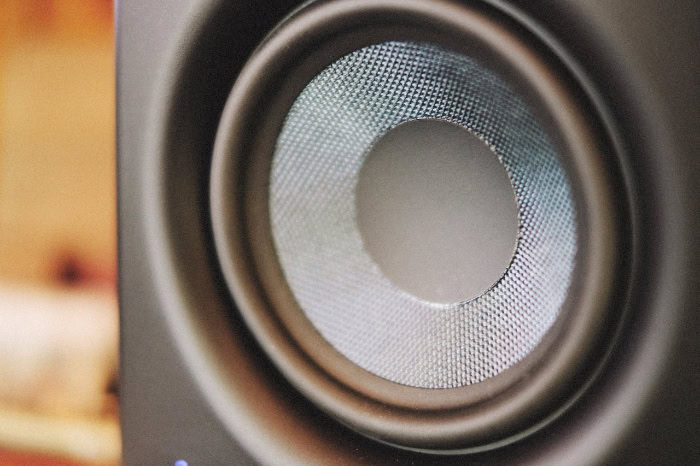
Adding a subwoofer to an audio system does far more than simply increase the volume of bass. The right subwoofer transforms the way sound is experienced, enriching everything from blockbuster movies to everyday streaming playlists.
With greater depth, clarity, and realism, listeners are drawn into the heart of the action, while the entire audio setup becomes more efficient and versatile.
Enhanced Immersion
Bringing low frequencies into focus adds a physical dimension to sound that standard speakers cannot deliver alone. Deep bass is responsible for the cinematic rumble during suspenseful scenes, the pulse of a live concert, and the energy behind dance tracks.
A subwoofer captures those elements, making explosions resonate in action films and music tracks feel truly alive. Each beat, crash, or thunderclap becomes a sensory experience, keeping viewers and listeners fully engaged.
System Efficiency
Main speakers excel at handling midrange and treble but often struggle with deep bass, especially at higher volumes. Assigning low-frequency duties to a dedicated subwoofer allows the rest of the speakers to concentrate on vocals, dialog, and musical details with greater precision.
As a result, audio remains clear and distortion-free, even during intense or complex passages. Separating the workload not only preserves the lifespan of the main speakers but also elevates the overall performance of the entire system.
Versatility
Subwoofers fit seamlessly into a wide variety of settings, from compact living rooms to professional music studios and large event venues. In home theaters, a subwoofer creates the chest-thumping bass that defines an immersive movie-night experience.
Music producers and recording engineers rely on accurate bass reproduction for mixing and mastering, ensuring tracks sound great on any system. Live events, concerts, and clubs depend on powerful subwoofers to fill the room with energy and keep the audience moving.
The flexibility of subwoofer design makes it possible to tailor the listening experience for any environment or preference, turning ordinary audio into something memorable.
Technical Integration and Setup
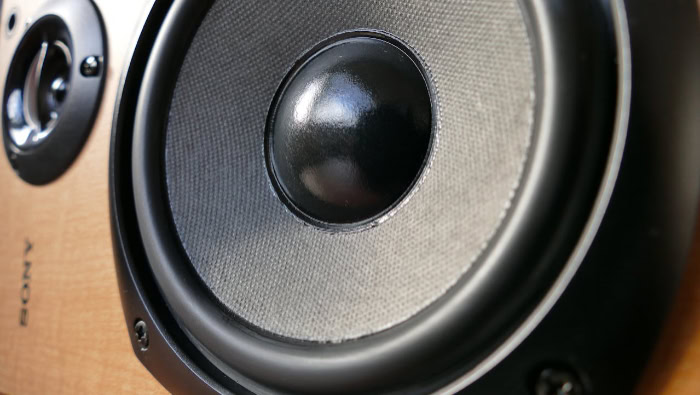
Getting the most out of a subwoofer requires attention to how it connects and interacts with the rest of your audio system. Technical integration not only affects the balance of sound but also influences overall enjoyment.
Proper setup addresses everything from directing the right frequencies to the subwoofer to ensuring that power and room conditions support optimal performance. Each step in the process can dramatically impact the listening experience, making thoughtful installation just as important as quality equipment.
Crossover Systems
Crossover systems play a vital role in audio setups with subwoofers. Their job is to divide the audio signal, sending only low-frequency sounds to the subwoofer while directing mids and highs to the main speakers.
Modern receivers and subwoofers often offer adjustable crossover points, allowing users to fine-tune where this split occurs. Setting the crossover frequency correctly is essential for seamless integration; too high, and the bass may sound boomy or disconnected, too low, and the main speakers may struggle with bass-heavy material.
Achieving a smooth transition between the subwoofer and the speakers creates a solid, unified soundstage.
Amplification Requirements
Matching the subwoofer’s power needs with the right amplifier ensures the system performs at its best. Active subwoofers have internal amplifiers precisely engineered for the driver, simplifying the process.
With passive subwoofers, selecting an external amplifier that matches both the power and impedance ratings is crucial for safe and effective operation. Insufficient power results in weak, lifeless bass, while excessive power can risk damaging the subwoofer.
Striking the right balance delivers clean, powerful low-end without distortion or strain on the equipment.
Room Acoustics
Room acoustics and subwoofer placement can make a dramatic difference in bass quality. Positioning the subwoofer near a wall or in a corner often enhances perceived bass, a phenomenon known as corner loading.
However, room dimensions and materials sometimes cause standing waves, creating spots with too much or too little bass. Experimenting with placement, and possibly using bass traps or acoustic treatments, helps minimize these issues.
Some subwoofers and receivers feature built-in room correction software, further optimizing performance to suit the unique characteristics of each space. Careful attention to acoustics ensures that the subwoofer’s contribution is balanced and immersive, providing an even experience throughout the listening area.
Choosing the Right Subwoofer
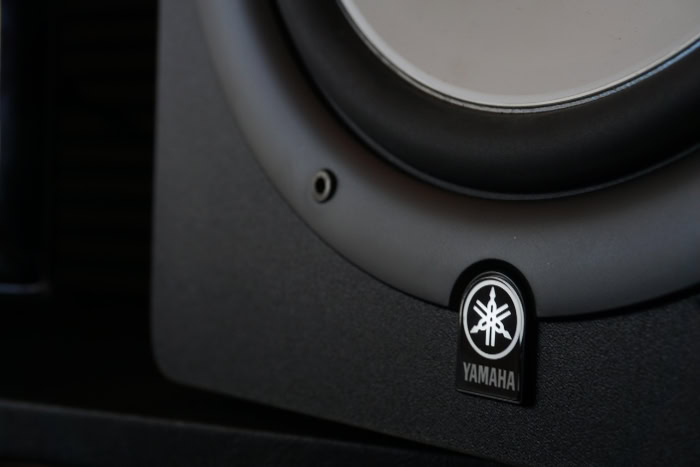
Selecting the ideal subwoofer involves more than simply picking a well-known brand or the largest driver available. Matching the subwoofer to your unique environment, listening habits, and budget guarantees the best results.
Careful evaluation of performance, size, and cost ensures that the subwoofer will meet your audio needs, complement your space, and deliver satisfying bass for movies, music, or gaming.
Performance Factors
The performance of a subwoofer is closely tied to its frequency range, driver size, and power handling. A wider frequency response allows the subwoofer to reach both the deepest lows and higher bass tones, filling the room with full-bodied sound.
Larger drivers typically provide more impactful, room-filling bass, while smaller ones offer quicker response and can still surprise with their output given enough power. Power handling, noted in watts, impacts how loud and cleanly the subwoofer can perform at higher volumes.
For movie nights filled with thunderous action or music that pulses with energy, selecting a model with ample power and appropriate driver size ensures every bass note comes through with clarity and authority.
Space Considerations
Room size plays a crucial role in choosing the right subwoofer. An oversized subwoofer in a small room can cause overpowering, muddy bass, while a compact model may struggle to fill a larger living area.
Compact subwoofers are perfect for apartments, bedrooms, or shared spaces where a subtle but satisfying bass presence is desired. Larger rooms or dedicated home theaters benefit from more powerful and bigger subwoofers capable of producing deep, immersive bass that envelopes the listener.
Placement flexibility, such as wireless options or slim enclosures, can also help integrate the subwoofer into your space without detracting from the room’s aesthetics.
Budget vs. Quality
Budget often determines the balance between entry-level and high-end subwoofer options. Affordable models today offer impressive performance for the price, making quality bass accessible for most setups.
Entry-level subwoofers are ideal for casual listening or smaller home theaters, providing the core benefits of deeper bass and enhanced immersion. Audiophiles seeking the ultimate in low-end clarity, detail, and power may prefer higher-end models that offer premium materials, advanced tuning, and greater durability.
While investing in a top-tier subwoofer can take your audio experience to new heights, many listeners find excellent value and satisfaction in midrange options that balance cost and performance.
Conclusion
A well-chosen subwoofer brings out the emotional and physical impact of sound, transforming ordinary listening into a truly engaging experience. From the subtle resonance of a double bass to the electrifying rumble of an action movie, subwoofers enrich audio by delivering low frequencies that traditional speakers simply cannot reproduce.
Adding one to your setup enhances immersion, improves the clarity of your main speakers, and adapts to a wide range of environments, from living rooms and home theaters to studios and live events.
When selecting a subwoofer, focus on what matters most for your unique situation. Consider the balance between frequency response, power, and driver size to match your listening habits and room size.
Compact models work well for smaller spaces, while full-size subwoofers are better suited for larger rooms or dedicated theaters. Weigh your budget against your expectations, remembering that even entry-level options offer significant improvements.
Prioritizing your specific needs ensures your audio system delivers powerful, detailed, and memorable sound every time you press play.


